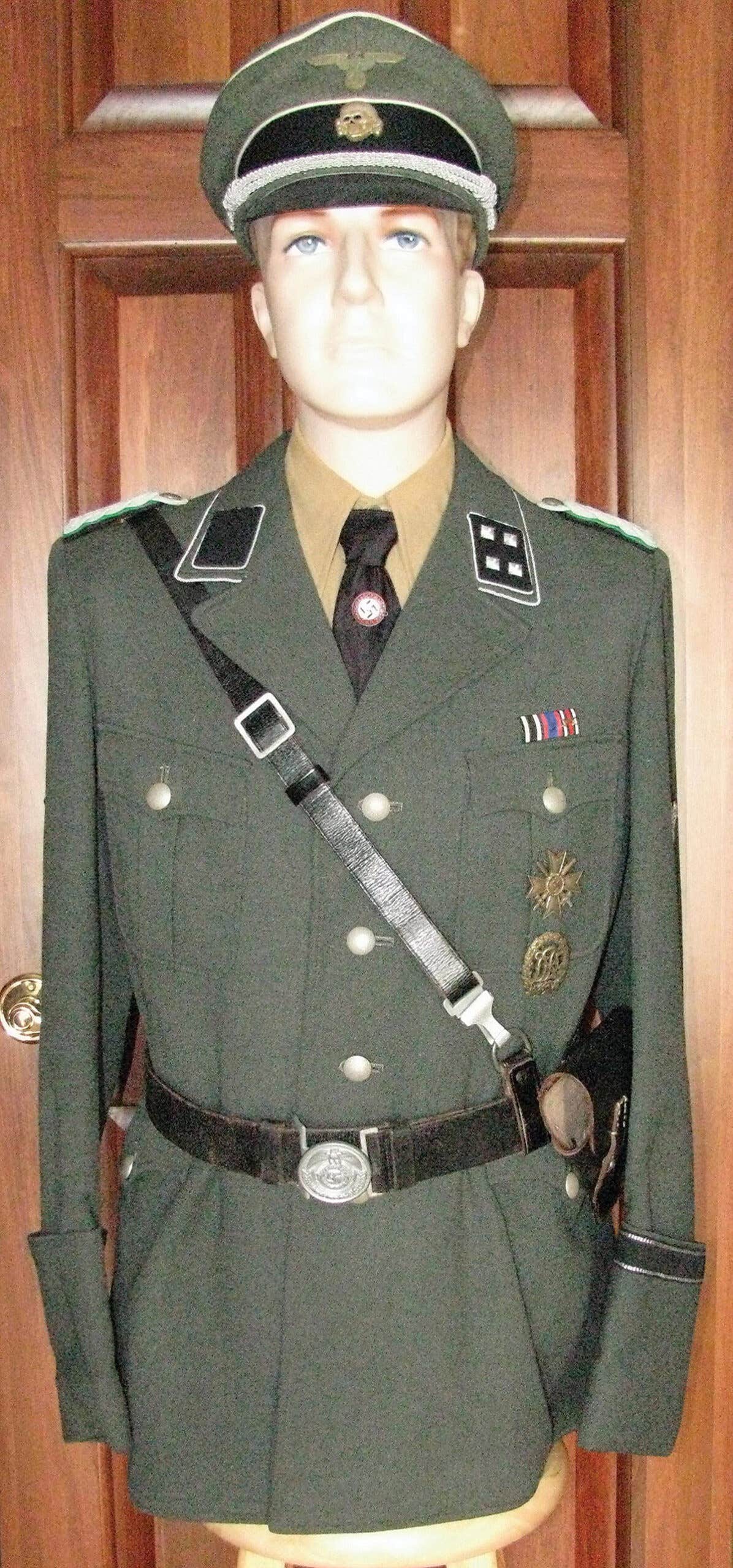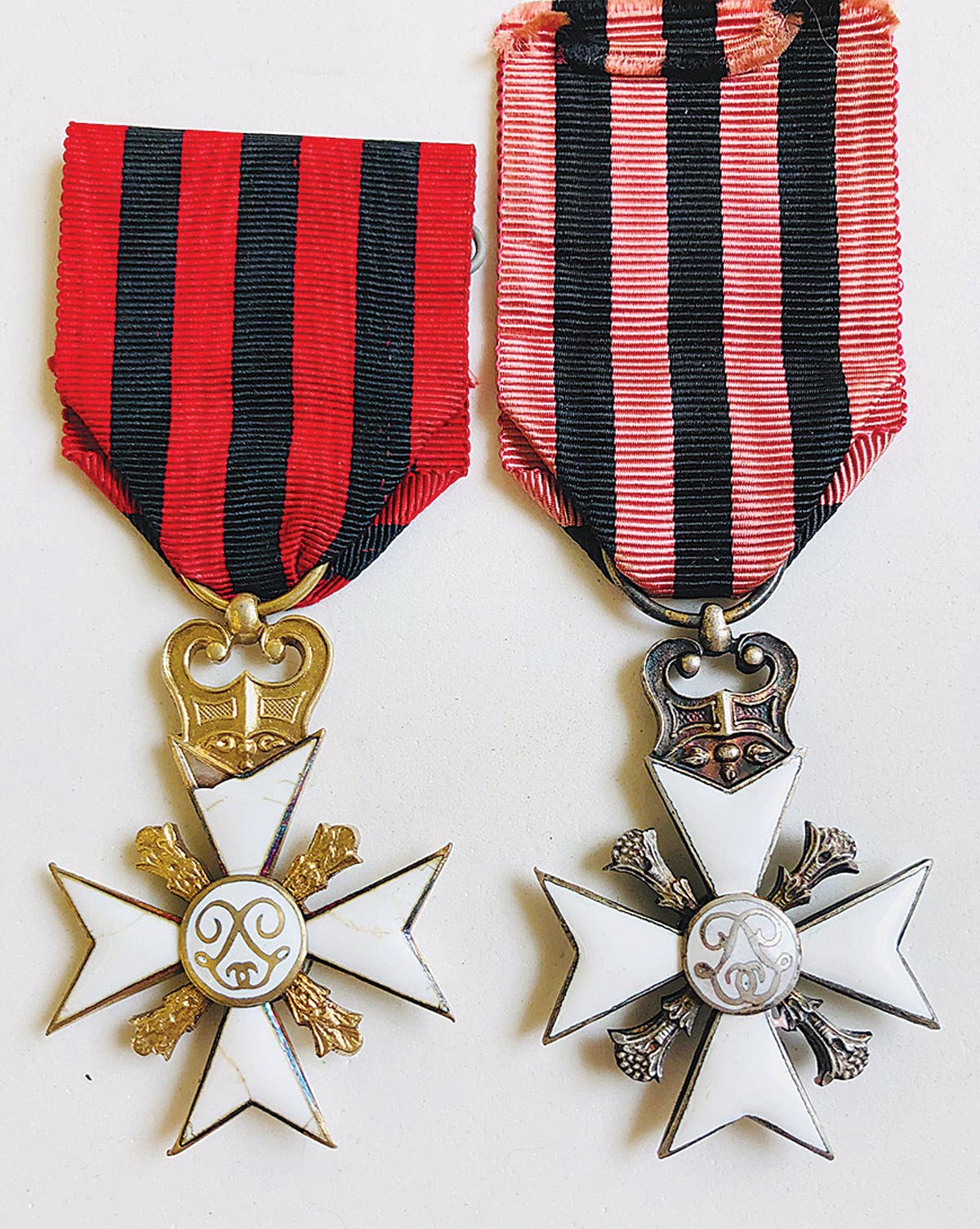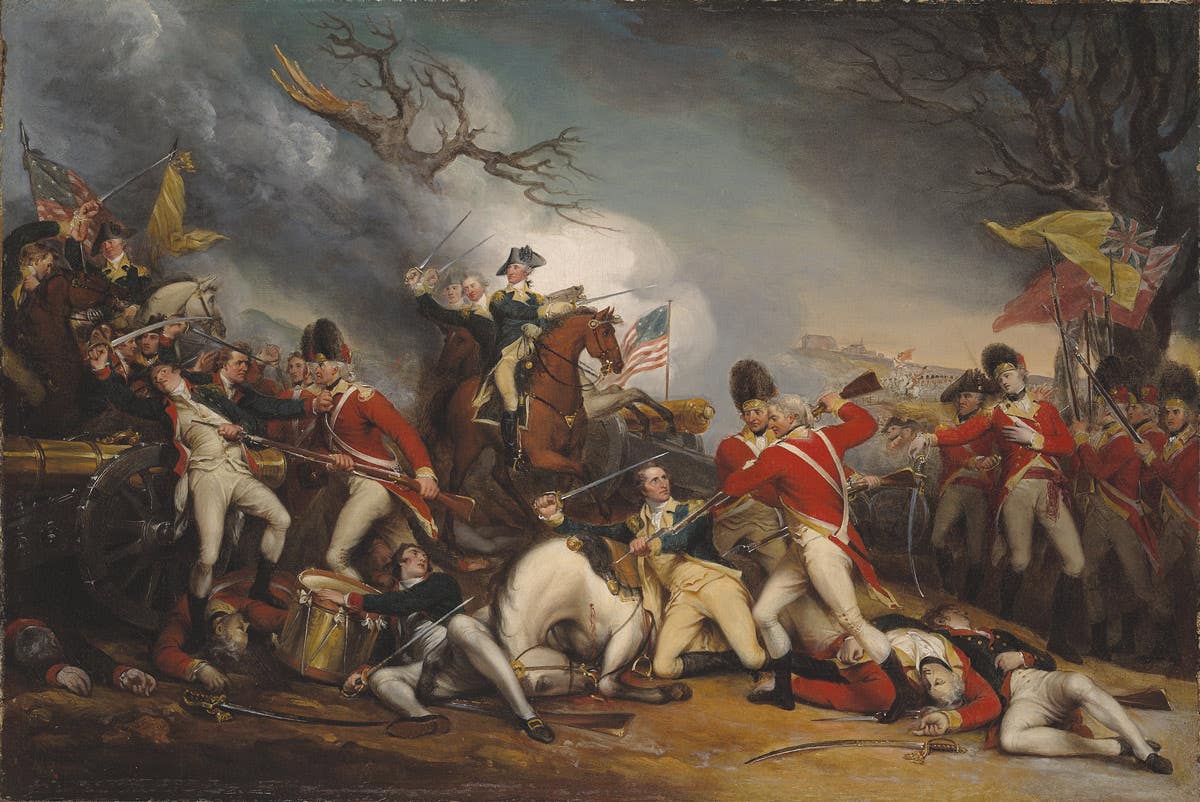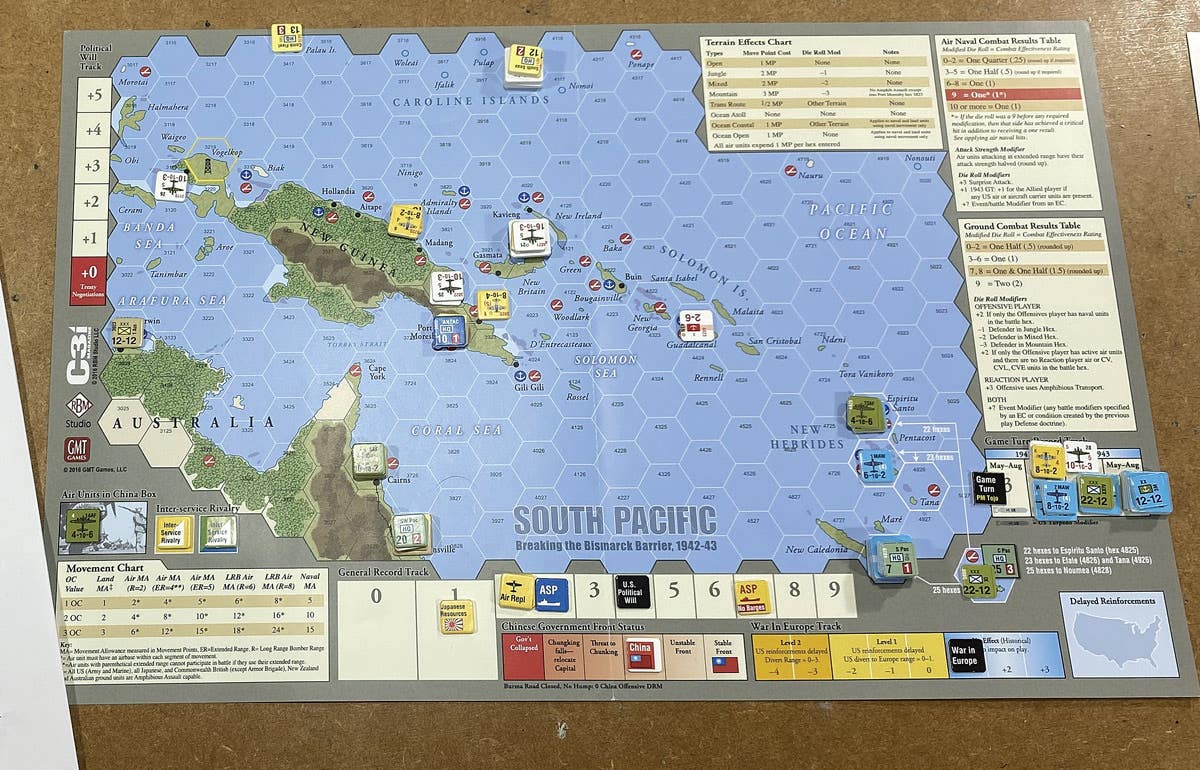Military History captured but not “Up in Smoke”
Perhaps one of the best kept secrets of military collecting, vintage cigarette cards (also known as trading cards) are currently very affordable
Perhaps one of the best kept secrets of military collecting, vintage cigarette cards (also known as trading cards) are currently very affordable. This applies to cards produced in war-time England as well as those printed in Nazi Germany. The latter was one of the most prolific producers of images in one form or another, cigarette cards included.
Prior to photos appearing in newspapers and the wide spread of radio and television (much less the Internet), people often saw the world of geography, history, entertainment, sports…and warfare…via these colorful, often dynamically illustrated cards. Best of all, as perks, they came free with the purchase of your cigarettes.
Whether it was a ploy to further hook the consumer is another discussion. It should be noted that the aforementioned Honus Wagner was a staunch anti-smoker and was not pleased when his portrait appeared on the cigarette card minus his permission. Legal action resulted in a withdrawal of the card but a few did reach the public, each a treasure chest waiting to be discovered decades later.
ORIGINS OF TOBACCO CARDS
By the early 1900s, pictures blossomed on most German products, helping launch a European collecting craze of sorts. After someone realized the cards could be employed as a means of advertising and promoting sales, British cigarette manufactures began inserting special cards featuring athletes and film stars followed by military themes with the arrival of WWI which itself spread the wide use of cigarettes.
In England, tobacco companies set up shop employing artists and printers that eventually produced hundreds of millions of cards. To say it was big business was an understatement. The large number of surviving cards also has kept the current cost of their collection down with notable exceptions.
In Austria, the Liebig Meat Extract Company was perhaps the most prolific source of “trading cards” having placed into production some 1800 different series beginning in 1872 and continuing for 120 years. Following in Liebig’s trail, various European businesses such as candy and tea companies jumped on the card bandwagon.
THE WAR CARDS
The world wars further spurred the production and popularity of cigarette cards. It helped that cigarettes were often given out free to military personnel while patriotic civilians back home were hungry to get in on the action, albeit via small paper rectangles. The subjects illustrated included recruiting posters, infantry training, modern war weapons, military vehicles, Allied army leaders, Britain’s Part in The War, etc.
Naturally, all was filtered through government and military censors although a problem still arose when one company’s series on Royal Navy ships and statistics were rumored to have been gathered up by German intelligence and put to use by its U-boot fleet.
ADDING BLING
Post-WWI fires raged amongst the tobacco companies competing for the attention of customers via their card series. They offered albums into which cards, now affixed with adhesive backing, could be neatly and impressively collected. Other variations include cards that came in sections that could be matched up into three-dimensional models, others with embroidered silk flowers, some even with miniature and playable records.
The various shortages and rationing of WWII extinguished the production of cigarette cards by 1940. While some would be issued post-war, the Golden Age of cigarette cards had passed. Cigarette cards were banned in Germany in 1955.
WORTH THEIR WEIGHT…
While gold continues to rocket past $1500 an ounce, there’s an even better investment when one considers that less than one-half ounce of it can bring you nearly $3,000,000. Case in point, the auction in 2008 of a cigarette card featuring Honus Wagner, a famous early American baseball player, purchased for a world record price of $2,800,000.
Real world prices for collectible cigarette and other “trading cards” rarely reach the million dollar mark and can often be found for as little as $1 with a median of $10-25, then escalating according to rarity, subject matter and whether a single item or part of a collection. Complete albums (some containing over 1000 cards) and books of cigarette cards produced during the era of the Third Reich can be found in excellent shape retailing for as little $20 while many hover around $200-400 and higher.
Politics figures into the current value of some cards. For example, a series of 50 cards celebrating Wellington’s victory at the Battle of Waterloo over Napoleon’s French forces was about to be released in 1915, but since France and Britain were at the moment allies during WWI then in progress, the cards were dropped. During WWI, when a series featuring musical celebrities was found to have a number of German musicians, they were eliminated.
CIGARETTE TRADING CARDS RESOURCES
Founded in 1927 with now some 50,000,000 cards in stock, The London Cigarette Card Company, provides the essential reference catalogues with prices for more than 13,000 different series on every subject imaginable. More information can be found at www.londoncigcard.co.uk. For a background specifically on German cigarette cards and complete albums, read Chris William's article available HERE.
1938 U.S. issue – Spanish Civil War
This unusual illustration appears on card #109 in the “Horrors of War” collector card series, one of 288-cards portraying “True Stories of Modern Warfare” produced in 1938 by Gum, Inc. of Philadelphia. The text on the obverse in part reads: The man in the foreground has just touched off the flame-throwing machine and is directing its flesh-searing ammunition at the advancing troops. Already some of the Rebel soldiers are being caught in its fiery embrace while others are being picked off with the more deadly but less disfiguring fire from rifles.
The Gum cards, found inside package of bubble gum, first appeared in 1933 and continued to be issued up until the attack on Pearl Harbor in 1941. While many different sets were marketed, the “Horrors of War” are considered the best. Boldly colorful and bloody in content the cards covered the Russo-Japanese conflict, the Sino-Japanese war, the Italian Ethiopian and Spanish Civil war. The last card depicted the President of Czechoslovakia announcing to his people that their nation no longer existed (with WWII erupting soon afterwards). The cards were so popular children that they usually threw away the gum to get at the cards. Along with the explanatory text, the obverse of the card also carried the admonition “To Know the Horrors of War is to Want Peace.” Prices: $15-125. (Images of flame throwers and machine guns often attract higher prices.)
Will’s Cigarette Cards – “Air Raid Precautions” England- 1938
A series of Air Raid Precautions cards seeking to raise public awareness on the threats of modern warfare focused on the design, function and use of gas masks, England anticipating poison gas warfare on the home front because of past experience during WWI. This example, No. 43 of 48 in a series of 45 illustrated Churchman’s Picture Cards originated in pre-WWII England. Prices: $10-25.
W.A. & A.C. Churchmann’s Brand Tobacco Card – England- 1938
No. 43 in a series of 45 illustrated Churchmann’s Picture Cards as found in their packages of cigarettes. The copy on the obverse in part reads: “The duty of anti-aircraft units is to find and illuminate enemy aircraft so they can be attacked by our own fighter machines or fired at by anti-aircraft guns. The searchlight has a glass parabolic reflector 36 in. in diameter and an electric arc lamp which gives a light of many millions of candle power. In fine weather the searchlight has a range of 5 miles.” Britain would come under attack by the German aira force, eventually enduring the famous London Blitz but winning the war in the sky, British fighter pilots (and anti-aircraft guns) turning back the vaunted Luftwaffe and thus forestalling Hitler’s plan to invade the British Isles.
Police General Walther Wede – Oriental Cigarette Company – Bremen, Germany – Card 17 of 329
This card is one of a large series of cards titled “Who Leads the Third Reich.” Each card measured about 2x2.5 inches. Figures included the Nazi hierarchy’s military, political and economic “celebrities.” Many of the individuals portrayed in the cards are lesser known Third Reich personalities rarely, if ever, mentioned in the general literature and as virtual “mug shots” thus even more valuable as a research tool. Prices for individual cards: $5-35.
You may also enjoy
*As an Amazon Associate, Military Trader / Military Vehicles earns from qualifying purchases.







